Background:
After seeing this advertisement from 034 Motorsport for their upgrade coil packs:
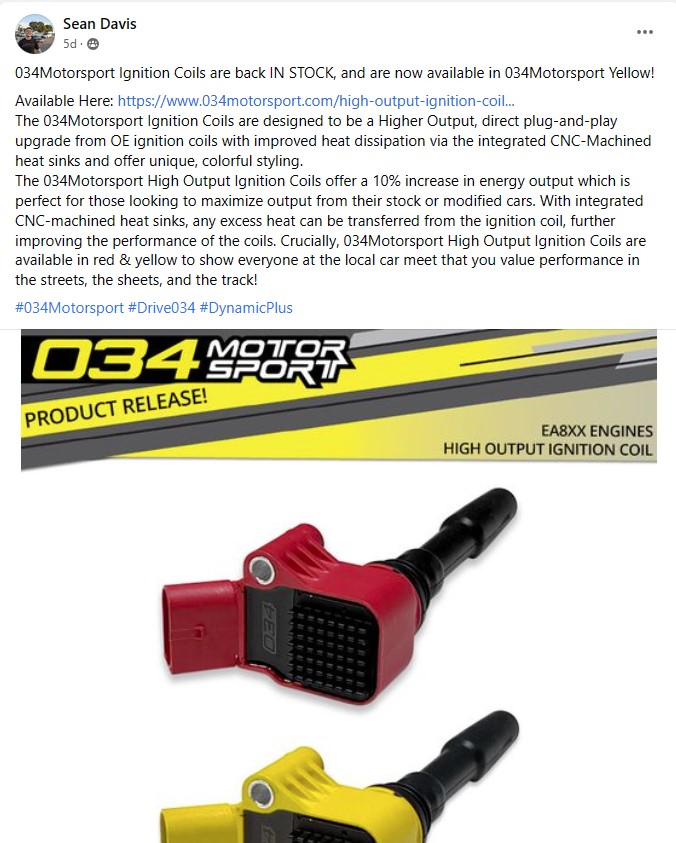
I inquired for additional information about the claims the representative from 034 made for these products:
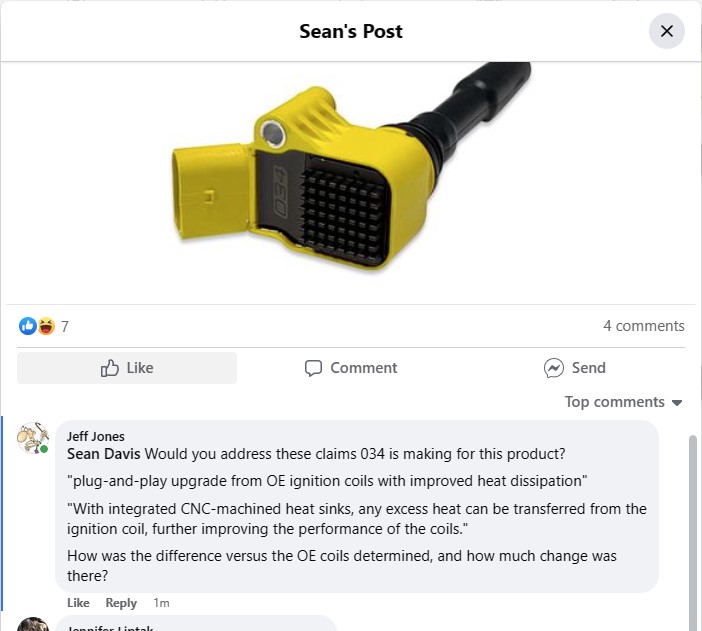
Those questions elicited a common reaction from the company representative:
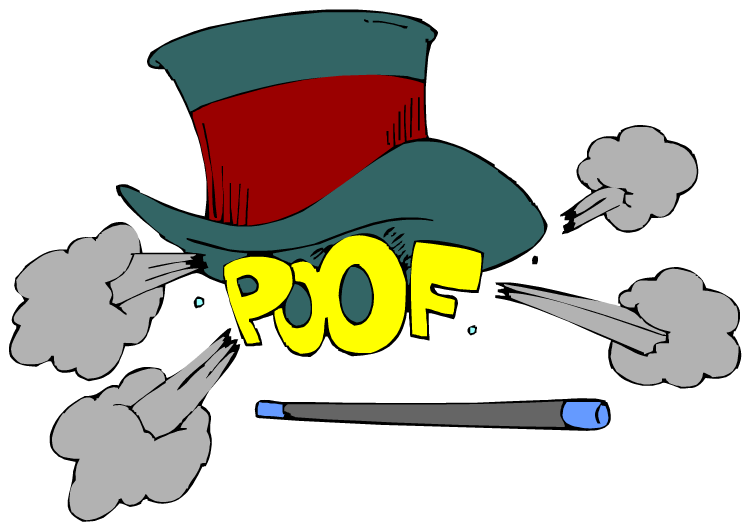
With no insight provided by the company selling the product, I decided to try and measure the temperature of the stock ignition coils and 034Motorsport’s aftermarket coil pack to see if a difference could be found.
Test Procedure:
A small RTD temperature sensor is placed against the external surface of an ignition coil.
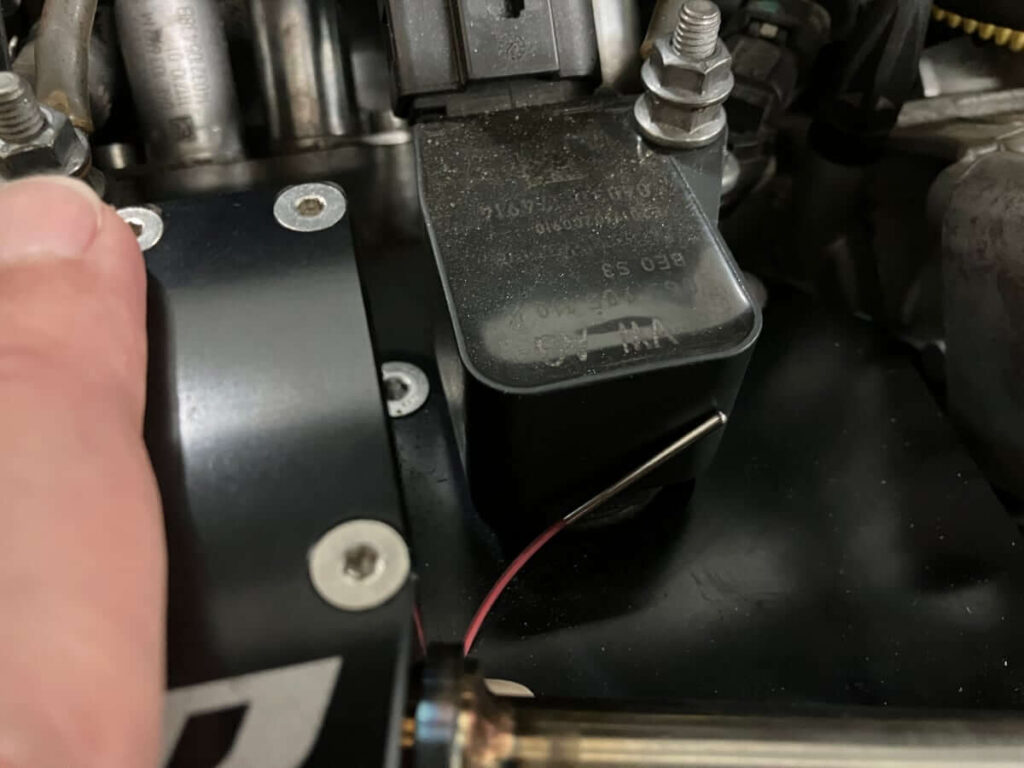
The sensor is held in place using HVAC tape and foam insulation.
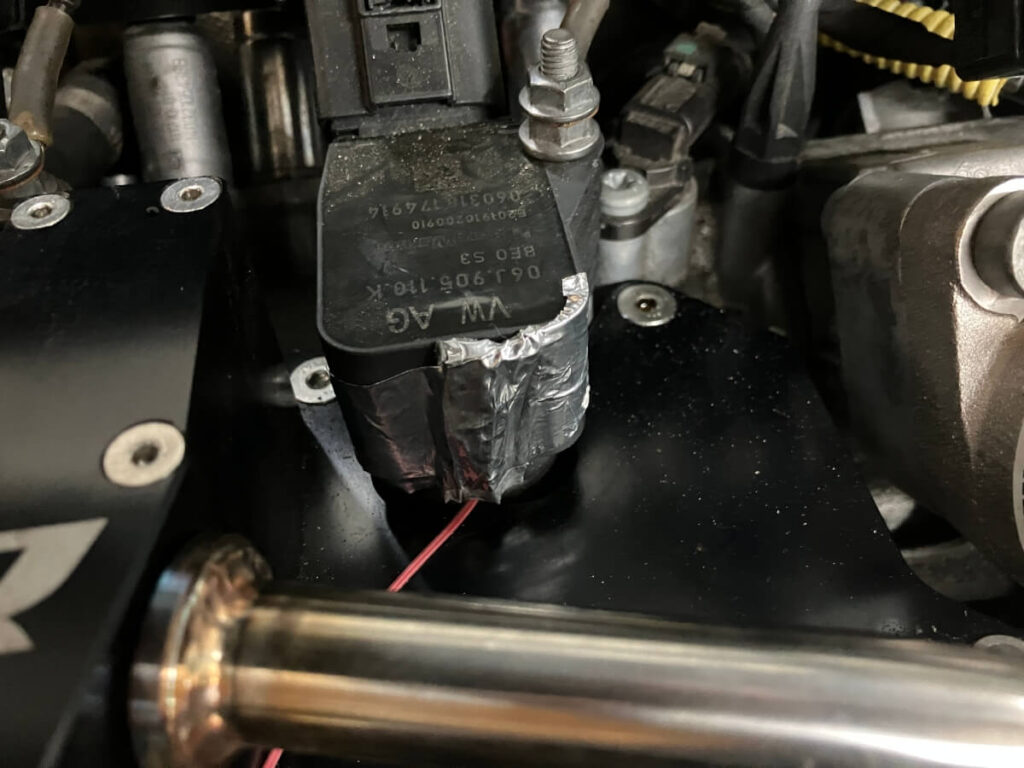
The reading from the RTD sensor is recorded using a data logger that samples 20x per second.
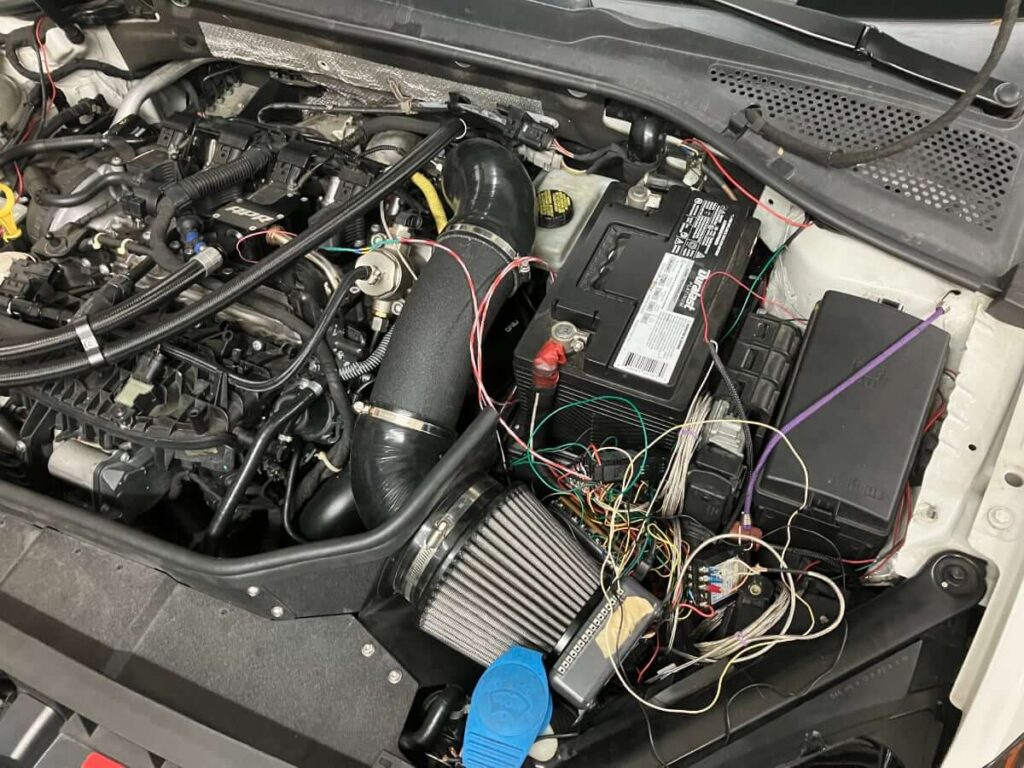
The GTI is then driven for a period that includes steady-state driving and a series of full-throttle acceleration pulls.
The temperature readings are recorded during several drives (over several days) after a period that allows the engine to fully cool to ambient air temperature.
The OEM ignition coils are then replaced with the 034Motorsport coils:
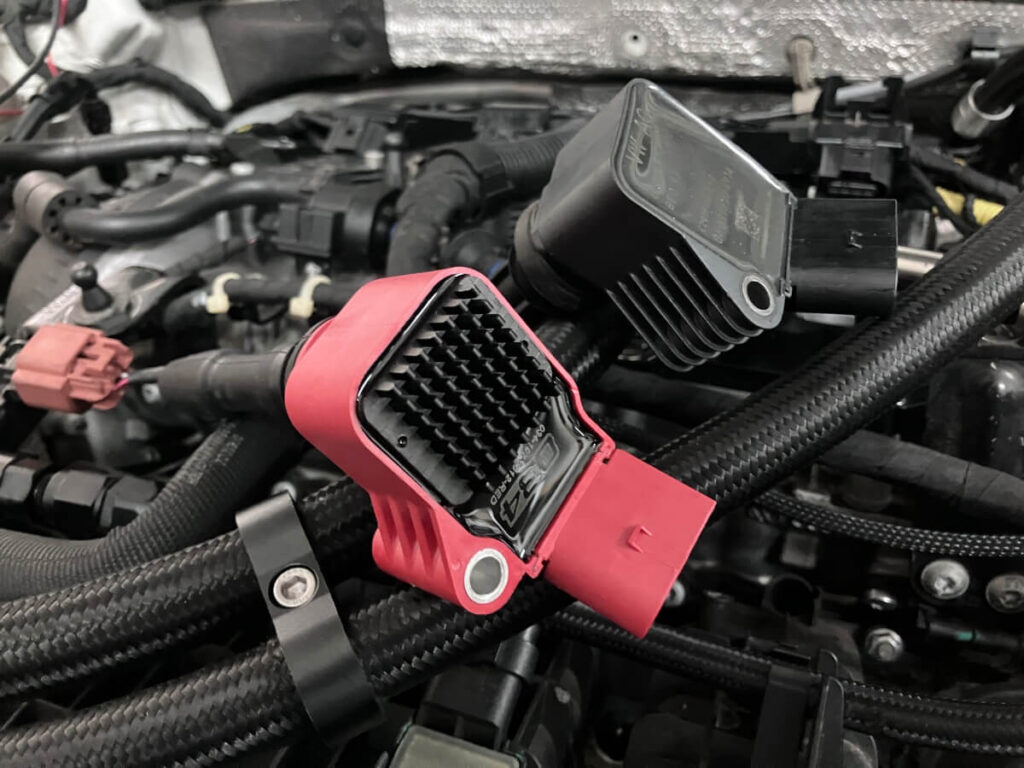
The RTD sensor is then installed on the 034 coil:
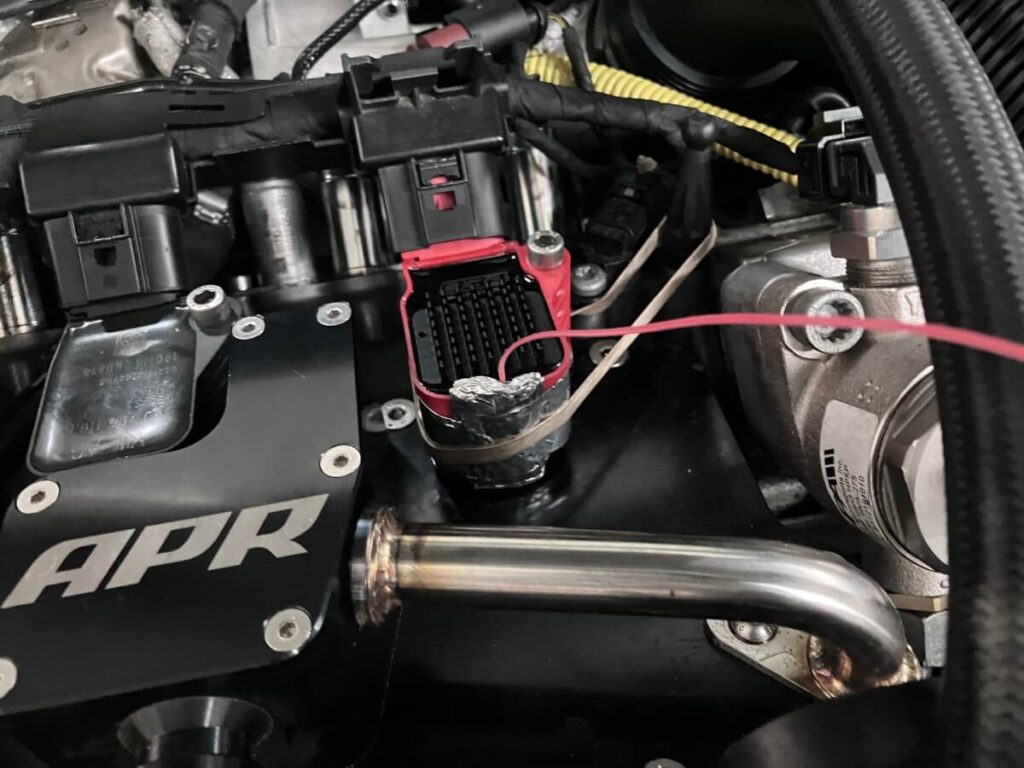
A series of drives were then made with the 034Motorsport ignition coil, once again allowing for a cool-down period in between the data collection sessions.
Test Results:
An example of the temperature at the surface of the coil pack (CP) during the drive is shown below:
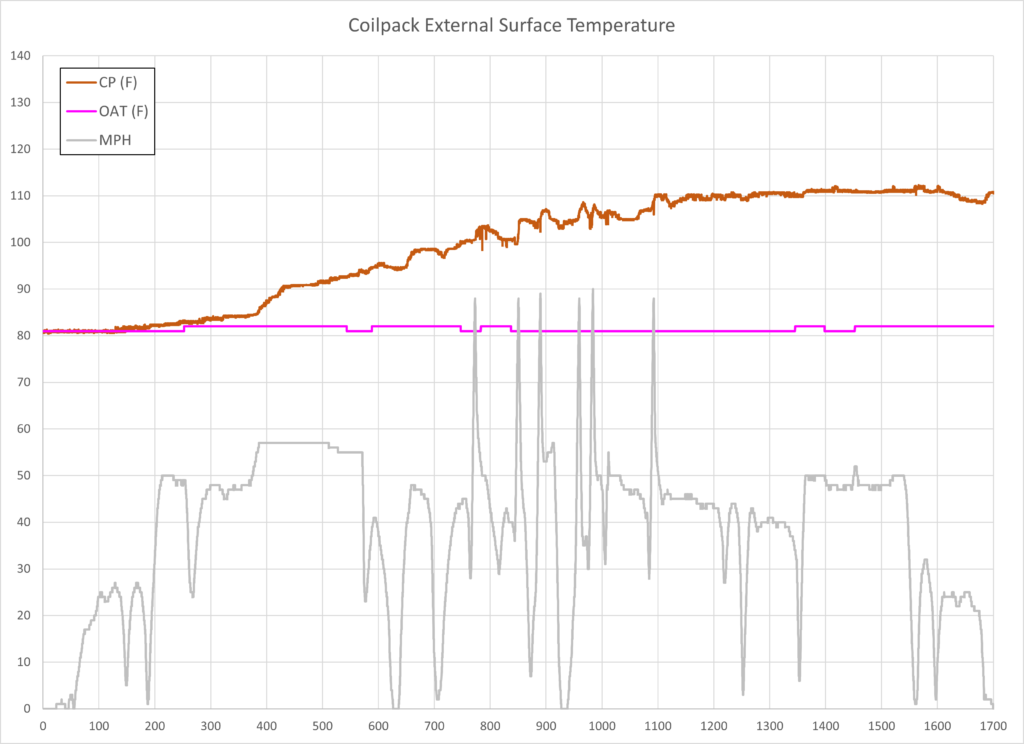
This temperature trend is similar to other underhood temperatures that have been logged, shown below is the addition of the turbocharger inlet air temperature to the chart:

The next chart shows a summary of the readings made with the OEM coil packs. The temperature delta is the RTD sensor reading at the coil pack surface minus the ambient air temperature.
At the start of the drive when the engine is cool the delta is near zero and gradually increases as the parts heat up.

The temperature delta trends with the 034 coil are shown next:
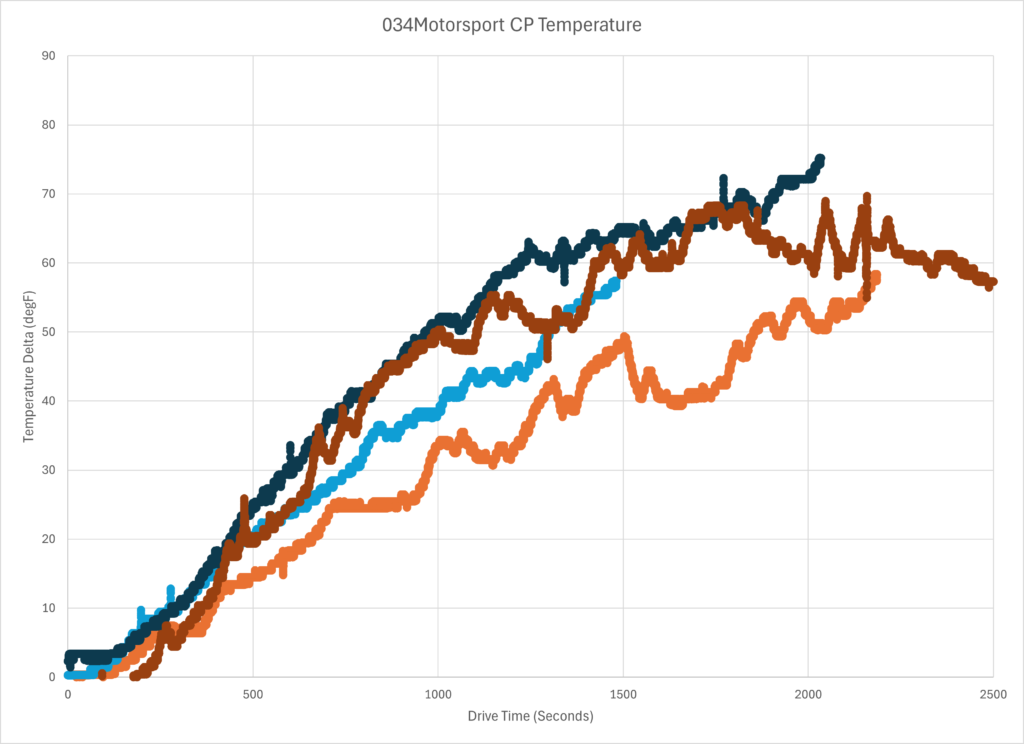
The OEM and 034Motorsport data points are then averaged and shown in the next chart:
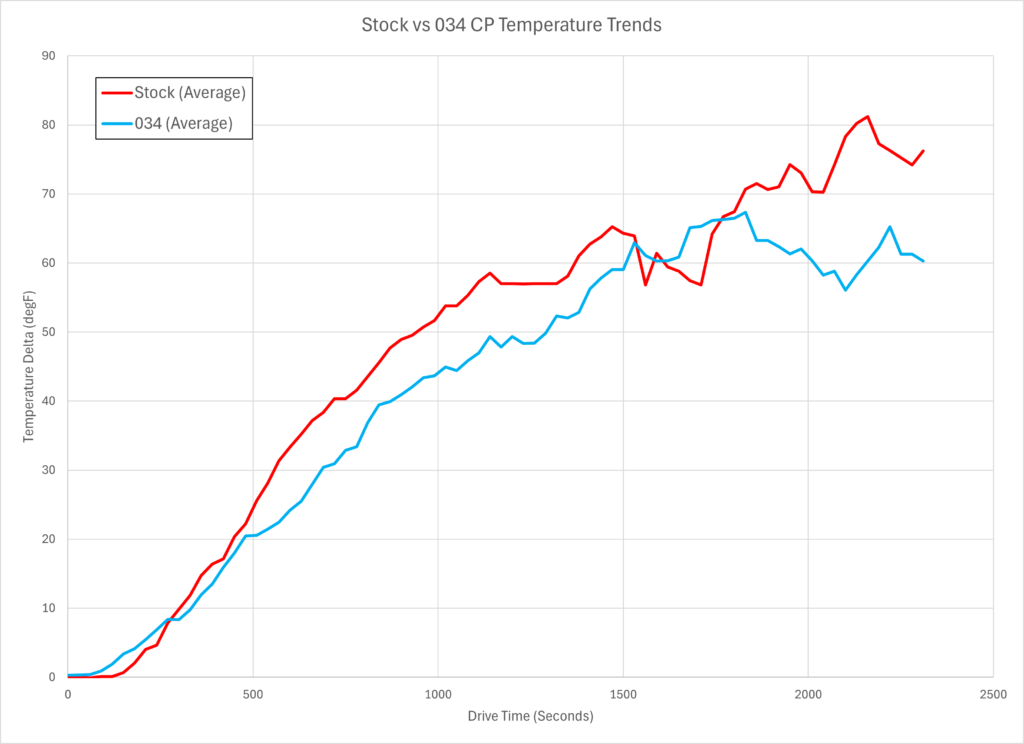
Conclusions:
The temperature at the surface of one of the GTI’s stock coil packs and then a 034Motorsport aftermarket coil pack was recorded using an RTD temperature probe.
On average the 034Motorsport coil pack had approximately 10 degF lower surface temperature than the OEM coil pack for about 80% of the test duration.
The temperature trend does not seem to be significantly affected by short periods of full-throttle acceleration.
Whether the “improved heat dissipation” is enough to affect the performance of the coils in a meaningful way is unknown.
A limitation of this test is the measure of the surface temperature of the coil housing when the functioning components are located inside the coil housing. What effect the heat sinks have on the internal temperature is unknown.
There is also a good amount of variation between the samples which calls for a higher number of samples for greater statistical validity. A post hoc power analysis shows that a minimum of 12 samples for each coil pack would be needed (versus the recorded 4 and 6) at the observed effect size using a minimum desired power of 0.8 and a 0.05 Type I error rate.
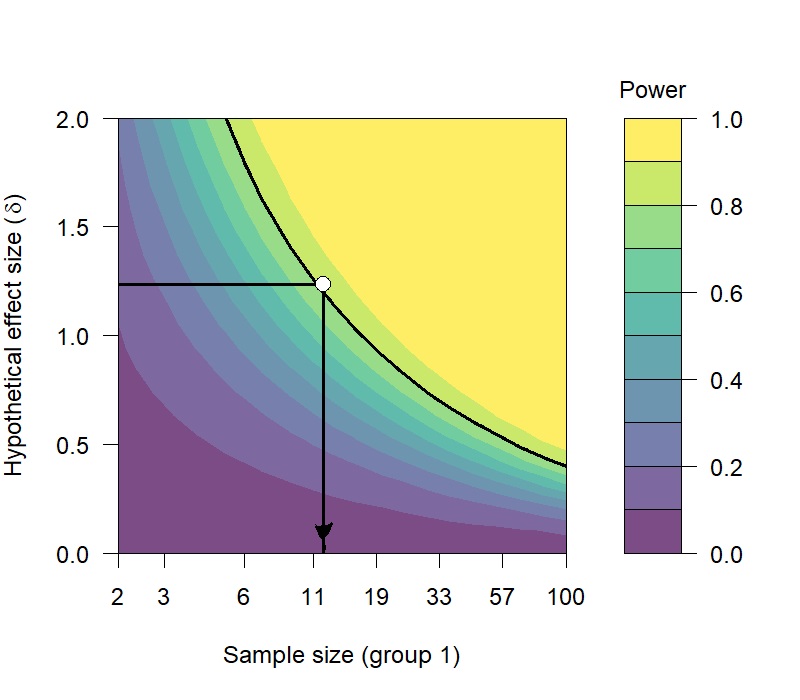
References:
- 034 Motorsport Ignition Coils product page
Test variations:
Possibilities for varying this test include changing the location of the RTD sensor on the coil pack, placing the sensor on a different coil pack, and operating the car at different speeds.
Other possible changes include:
- Comparing to a brand new OEM coil
- Recording Engine misfire data
- Recording Overall timing advance
- Recording Individual cylinder timing pull correction factor
034 Video Comments
- Higher potential output
- Heat sink helps to cool internal electronics
- Keeping heat lower reduces saturation point
- The saturation current ratings refer to the DC current that the inductor can support before the nominal inductance drops by a defined percentage.
- Installing coil pack will not make more horsepower

The real question is what exactly do the heat sinks connect to?
Check the resistance of the heat sink to ground and power. It shouldn’t be connected to anything electronic on the secondary ignition side because otherwise they’d arc directly to the ground stud/bolt. If it’s connected to the primary side that just doesn’t really make any sense.
Ha good one! Yeah need the timing/misfire data here.
That would be a different test from what the purpose of this was. I’ve been using them for several months and have not noticed misfiring occurring, but I haven’t gone through the logs to see.
Somewhat related to coils, what spark plugs do you reccommend and what change interval? I have a Mk7R in a similar state of tune to yours. Thankyou, Craig Pointon.
When I changed to the Mabotech M520 turbo I installed Brisk ER10 spark plugs. When I switched back to the IS20 I did not change spark plugs.
Tried these on my stage 2 IS20 based Audi TT, the 034 coils caused nothing but misfires on WOT. Went back to OEM and the issue resolved itself. Sent the 034 back for refund.
Thanks for the feedback on your experience. I have not noticed an issue with the set I have, but I’ll keep track of the misfire count at WOT to make sure I stay ahead of any potential problems.
Yeah definitely do, they don’t seem to hold up well even over as little as 2 months of use.
Would you elaborate on how you arrived at your conclusions about the failure rate and mean time to failure?